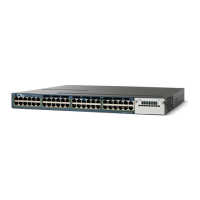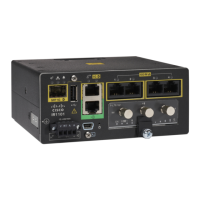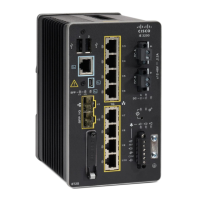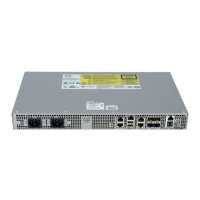target pseudowire
To specify the pseudowire as the target to be used in an MPLS LSP ping operation, use the target pseudowire
command in IP SLA MPLS LSP ping configuration mode. To unset the target, use the no form of this command.
target pseudowire destination-address circuit-id
no target pseudowire
Syntax Description
IPv4 address of the target device to be tested.
destination-address
Virtual circuit identifier. Range is 1 to 4294967295.
circuit-id
Command Default
No default behavior or values
Command Modes
IP SLA MPLS LSP ping configuration
Command History
ModificationRelease
This command was introduced.Release 3.5.0
Usage Guidelines
Use the target pseudowire command to specify a target router and to indicate the destination as a Layer 2
VPN pseudowire in an MPLS LSP ping operation. The target pseudowire command identifies the target
address and the virtual circuit (VC) identifier.
Using the target pseudowire command, you can configure only one pseudowire address as the target in
an MPLS LSP ping operation. If you use the command a second time and configure a different pseudowire
target address, the first pseudowire address is overwritten.
Note
A pseudowire target of the LSP ping operation allows active monitoring of statistics on Pseudowire
Edge-to-Edge (PWE3) services across an MPLS network. PWE3 connectivity verification uses the Virtual
Circuit Connectivity Verification (VCCV).
For more information on VCCV, refer to the VCCV draft, “Pseudowire Virtual Circuit Connectivity Verification
(VCCV)” on the IETF web page.
Task ID
OperationsTask ID
read, writemonitor
Cisco IOS XR System Monitoring Command Reference for the Cisco XR 12000 Series Router, Release 4.1
OL-24735-01 263
IP Service Level Agreement Commands
target pseudowire

